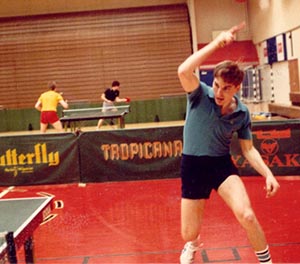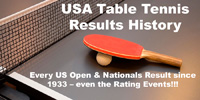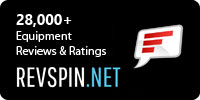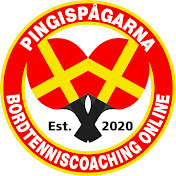Rules Changes and One Last Change
I am tired of rule changes. The game as it is played now is substantially different than the game when I started out. Some of the rules changes were good, such as the two-color rule, the six-inch toss rule, and the idea of making hidden serves illegal. Others were more ambiguous for me - the larger ball, games to 11, and various rules restricting long pips. Some I'm not happy with, in particular the switch to non-celluloid balls, though that's mostly because they jumped the gun and made the switch before the balls were standardized or training balls were available. (I blogged about this on October 21 - see second segment.)
At this point it would take a rather strong argument for me to agree with any more changes. However, there is one last rule change I'd like to see before declaring our sport "perfect" - and that is fixing the hidden serve rule.
I've blogged numerous times about the problems with the hidden serve rule, where umpires rarely call them and so many top players (and juniors) use them to win titles, while those who play fair learn that cheating often pays off in our sport. The problem is that umpires sitting off to the side cannot tell for certain whether a serve is hidden from the opponent, and for some reason I've never fully understood, do not understand the meaning of these two rules:
Rule 2.06.06: It is the responsibility of the player to serve so that the umpire or the assistant umpire can be satisfied that he or she complies with the requirements of the Laws, and either may decide that a service is incorrect.


 Photo by Donna Sakai
Photo by Donna Sakai


